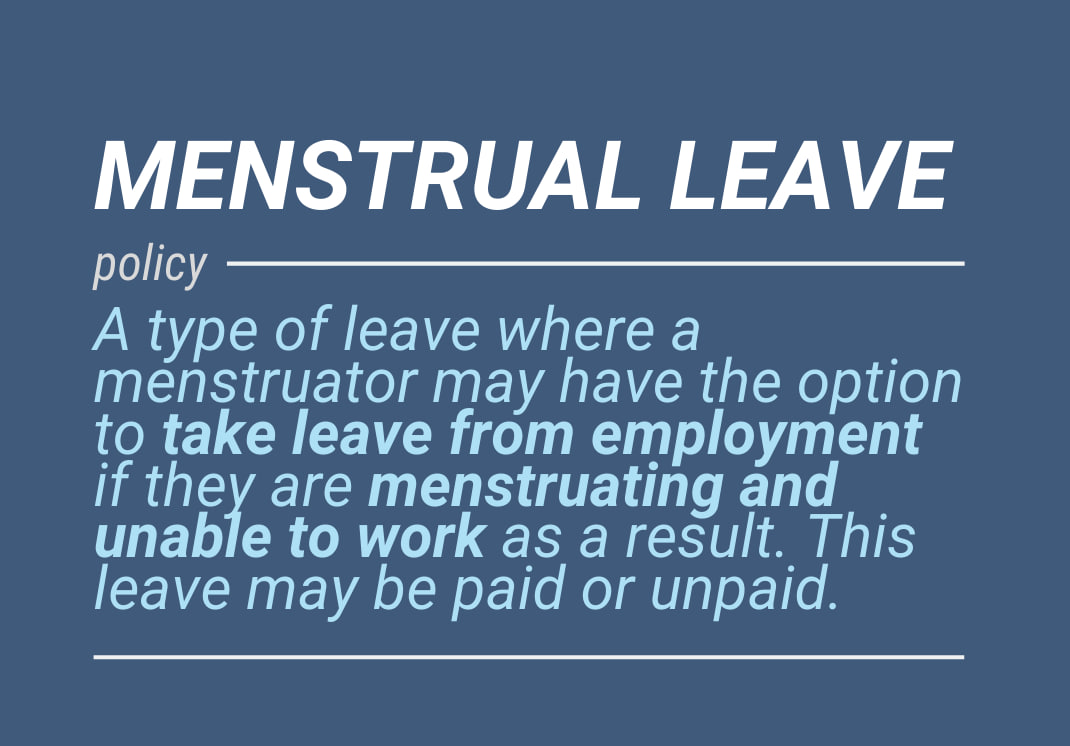Free Courses Sale ends Soon, Get It Now


Free Courses Sale ends Soon, Get It Now



Copyright infringement not intended
Context: The Supreme Court of India while hearing a petition on menstrual leave has asked the petitioner to approach the Ministry of Women and Child Development to frame a policy.
Details about the Petition
Union Government Stand
Key Observations made by the Court
Significance of Menstrual Leave Policy
Conclusion:

© 2024 iasgyan. All right reserved